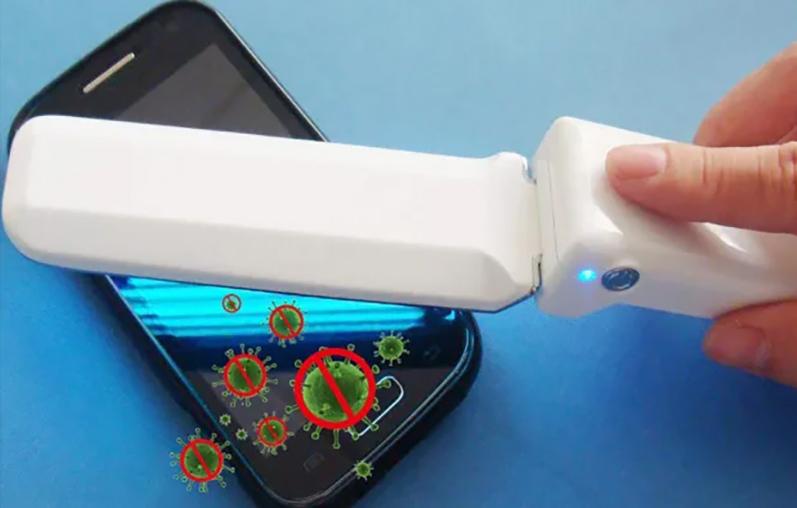Revolutionary Discovery: UV-LED Lights Annihilate 99.9% of Coronavirus in Seconds
In a remarkable scientific advance, researchers from Tel Aviv University have unveiled a potent weapon against COVID-19: UV-LED lights that decimate the virus swiftly and cost-effectively. This ground-breaking revelation, detailed in the Journal of Photochemistry and Photobiology B: Biology’s November 2020 edition, signals a new dawn in pandemic containment strategies.
Unlocking a New Era of Virus Disinfection
The study, heralded as a world-first by the Jerusalem Post, evaluated the germicidal impact of UV-LED irradiation across various wavelengths on coronavirus. The result? An astounding success rate, obliterating over 99.9% of the virus in under 30 seconds.
“We discovered that it is quite simple to kill the coronavirus using LED bulbs that radiate ultraviolet light,” declared Professor Hadas Mamane
“We discovered that it is quite simple to kill the coronavirus using LED bulbs that radiate ultraviolet light,” declared Professor Hadas Mamane, head of the Environmental Engineering Program at Tel Aviv University’s School of Mechanical Engineering. This innovation could revolutionize our approach to virus sterilization, employing readily available LED bulbs that are both energy-efficient and mercury-free.
Cost-Effective Wavelengths Offer Commercial Promise
The team’s quest to pinpoint the most effective wavelength culminated in an intriguing find: 285 nanometers proved nearly as potent as 265 nm in disinfecting the virus, with the added advantages of lower costs and greater availability. This discovery paves the way for broader application and integration of UV-LED lights in virus containment efforts.
Implications for a Safer Tomorrow
“The entire world is currently looking for effective solutions to disinfect the coronavirus,” Mamane noted, underscoring the study’s profound commercial and societal implications. The technology offers a swift, safe option for disinfecting various environments—from healthcare settings to public transportation.
Highlighting the urgency for automated disinfection solutions, Mamane cited the relentless pace of medical staff and the impracticality of manual cleaning in critical environments. UV-LED based disinfection systems could be seamlessly integrated into air conditioning and ventilation systems, ensuring continuous sterilization of circulated air.
From Science to Society: A Leap Forward in Public Health
Ultraviolet radiation isn’t new to sanitation; however, this year has seen robots armed with UV-LED lights taking the front lines. The Carolina Panthers have invested in robots to purify their stadium, and law enforcement in Pulaski County has deployed a robot capable of sanitizing large spaces efficiently.
A team of researchers highlighted in Science Robotics the potential for disinfection robots to offer cost-effective, rapid, and effective sterilization without risking human exposure—a sentiment echoed by William Bryan, a science and technology advisor at the U.S. Department of Homeland Security. Bryan’s observations at a White House briefing further underscored the potential of sunlight and UV radiation in neutralizing SARS-CoV-2 on surfaces and airborne particles.
This study not only illuminates a promising path forward in our battle against current and future pandemics but also exemplifies the innovative spirit of scientific inquiry driving us towards a safer, healthier world.




